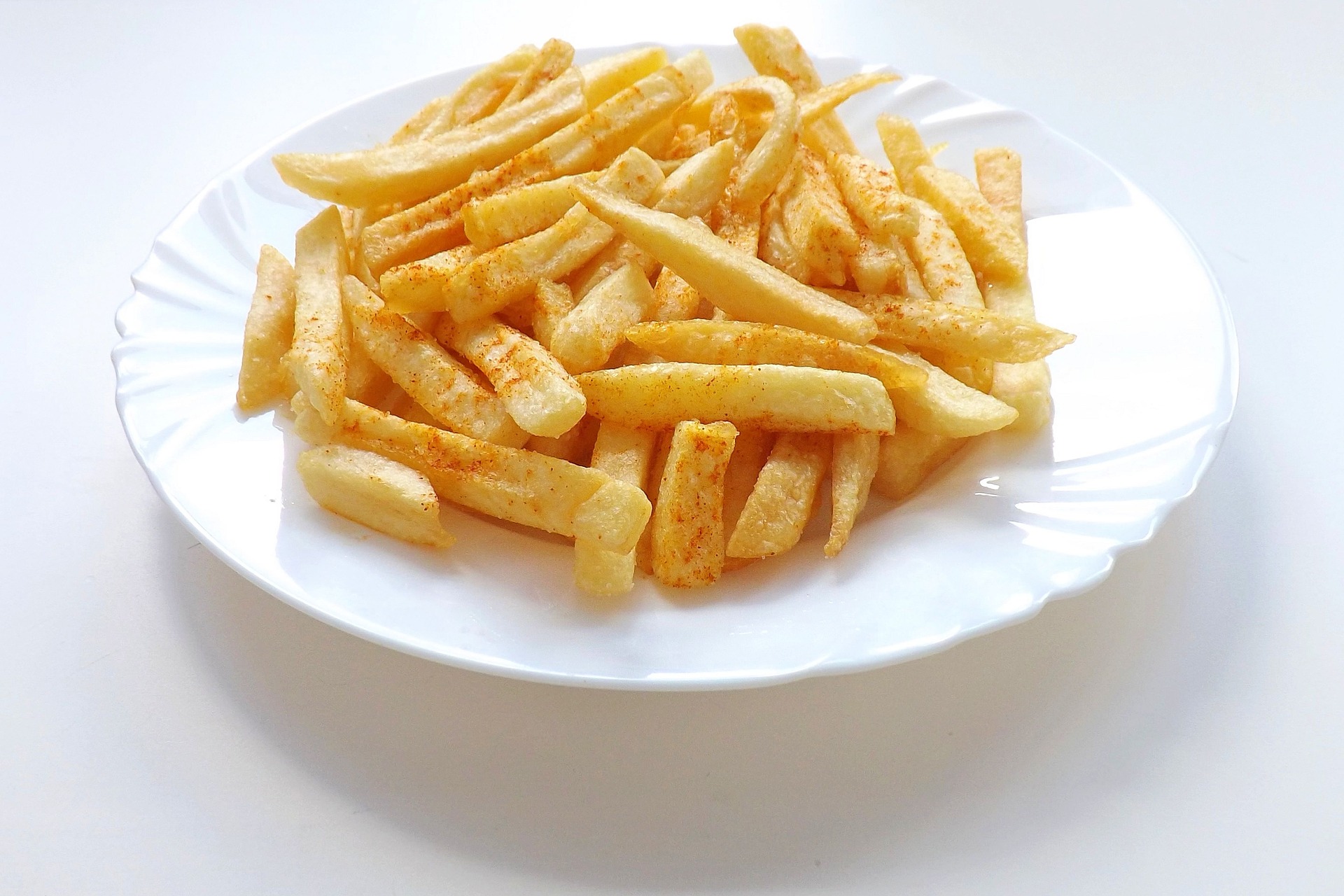If you have full-blown celiac disease, avoiding gluten is a must. It’s important to know which ingredients could contain hidden gluten and how to read labels and menus to ensure you don’t get exposed.
The problem is that there are many words on food labels that could actually be covering up for gluten.
If you are having trouble overcoming health challenges despite switching to a healthy diet, it could be trace amounts of gluten throwing you off.
Avoiding wheat is one thing, but did you know there are many other grains that contain gluten?
The form found in wheat has been found to be the most damaging, but other foods contain similar proteins that can also irritate your gut lining and cause an autoimmune reaction.
A 2007 study published in the Journal of the American Society for Clinical Nutrition found that gluten exposure for people with celiac disease should be kept below 50 mg per day in order to prevent clinical relapse, even in participants who had been consuming a gluten-free diet for more than two years.
It’s important to note that one patient in the study experienced a relapse with an exposure of only 10 mg per day.
If you consider that a regular strength ibuprofen tablet contains 200 mg, a miniscule amount of gluten can have a damaging effect.
The following grains and starches contain gluten:
- Wheat
- Wheat germ
- Rye
- Barley
- Bulgar
- Couscous
- Durum
- Einkorn
- Farina
- Graham flour
- Kamut
- Semolina
- Spelt
- Triticale — a hybrid of wheat and rye
It’s generally easy to avoid gluten if you stick with whole, unprocessed foods such as meat, poultry, seafood, fish, eggs, dairy, vegetables, fruits, nuts, legumes and rice.
If you do buy packaged foods, keep in mind that the following foods often contain gluten:
- Malt and malt flavoring
- Soups
- Commercial bullion and broths
- Cold cuts
- French fries (often dusted with flour before freezing)
- Processed cheese, such as cream cheese, sliced cheese or spreadable cheese
- Mayonnaise
- Ketchup
- Malt vinegar
- Soy sauce and teriyaki sauces
- Salad dressings
- Imitation crab meat
- Imitation bacon bits
- Egg substitute
- Tabbouleh
- Sausage
- Non-dairy creamer
- Fried vegetables or tempura
- Gravy
- Marinades
- Canned baked beans
- Cereals
- Commercially prepared chocolate milk
- Breaded foods
- Fruit fillings and puddings
- Hot dogs
- Ice cream
- Root beer
- Energy bars
- Trail mix
- Syrups
- Instant hot drinks
- Flavored coffees and teas
- Blue cheeses
- Vodka
- Wine coolers
- Meatballs, meatloaf
- Communion wafers
- Veggie burgers
- Roasted nuts
- Beer
- Oats (unless certified gluten-free)
- Oat bran (unless certified gluten-free)
Some household and personal care products also contain gluten.
Hidden gluten
Keep in mind that you should read the label each time you purchase a product, since ingredients of processed foods often change. You never know if the next time you purchase something it might have barley malt or modified food starch added to the list.
When you are reading labels, be vigilant for things that sound safe but are not.
All that reading might seem like a chore. This skill might take a while to perfect, but it’s worthwhile to keep your body free of toxic gluten.
The following ingredients are often code for gluten:
- Avena sativa
- Barley enzymes, extract or syrup
- Cyclodextrin
- Dextrin
- Fermented grain extract
- Hordeum distichon
- Hordeum vulgare
- Hydrolysate
- Hydrolyzed malt extract
- Hydrolyzed vegetable protein
- Maltose
- Maltodextrin — this is made from corn or potatoes in North America, but maltodextrin from other countries may be made with wheat starch.
- Oat fiber
- Samino peptide complex
- Secale cereale
- Triticum aestivum
- Triticum vulgare
- Tocopherol/vitamin E
- Yeast extract
- Natural flavoring
- Brown rice syrup (often contains barley)
- Modified food starch — almost always made from corn, potato or rice in North American-made foods, but foods from other countries could contain starch made from wheat
- Hydrolyzed vegetable protein (HVP)
- Hydrolyzed soy protein
- Caramel color — frequently made from barley, but only outside of North America. North American companies use corn to make caramel color
As a final note, be aware that labels stating the product has been “specially processed to remove gluten” can still contain up to 20 parts per million (ppm) of gluten. This is indeed a tiny amount but may be enough to make sensitive people sick.
If this all sounds overwhelming, just remember to stick with whole, unprocessed foods! These are more nourishing than any packaged “gluten-free” foods anyway.


